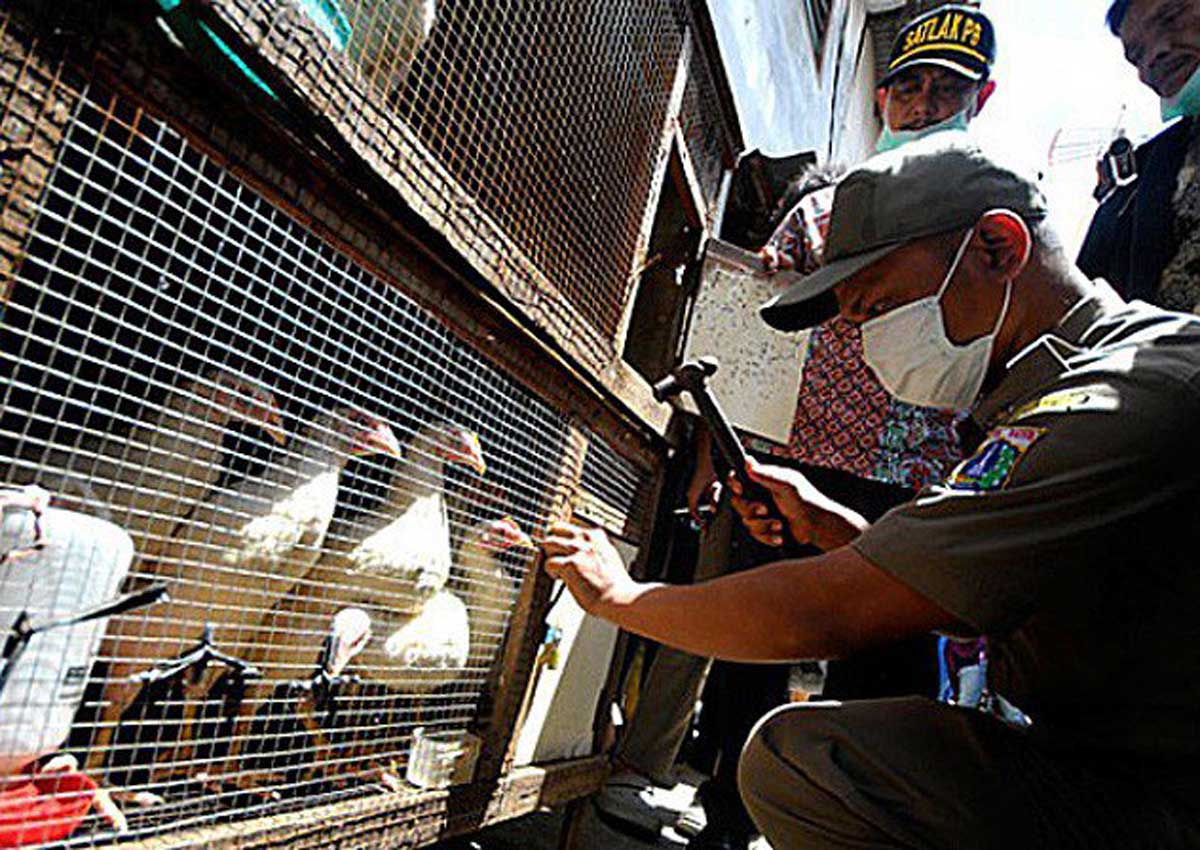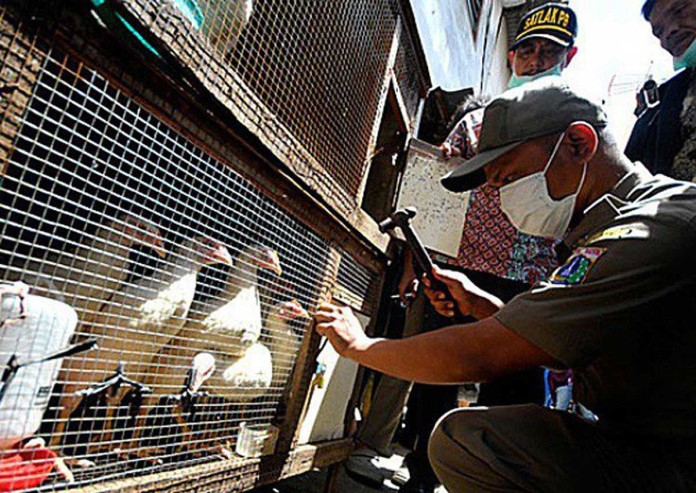With new reports of human infections in China, Indonesia says it is supporting the return of avian flu, which is expected to be a major health risk next year.
The Ministry of Health said bird flu was the most concerned about its disease in 2017.
“If we talked about next year, we’ve seen trends, and we’re most concerned about bird flu,” says Muhammad Subuh, director of disease control for the department.
He said Indonesia should be cautious because of an outbreak in China, at least seven people were reported to have contracted the virus, and two had died as a result of the disease.
“There is an avian flu outbreak in China and a high mortality rate. We are looking at this trend by looking at a number of countries and we are in a position to match Indonesia, which is why we have to be prepared,” Subuh said.
Prior to March 2013, H7N9 avian influenza virus was not detected in Chinese humans or animals.
Since then, China in the end of 2013 to early 2014, a large-scale avian influenza outbreak, killing 36 people were killed, resulting in the loss of the agricultural sector more than 6 billion US dollars.
A recent outbreak of the virus in South Korea resulted in the government ordering 1.6 million destroyed birds on Monday, the country’s largest poultry slaughter.
The latest culling In the first confirmed outbreak on 18 November, the total number of birds destroyed will be reduced to 26 million. Isolation and hygiene restrictions are imposed after the initial case, but the flu has spread.
After the outbreak, the World Health Organization has advised travelers to avoid poultry farms in countries known to have avian flu outbreaks, to come into contact with animals on live birds markets, to areas where poultry may be slaughtered, or to surfaces that appear to be contaminated With poultry or other animal faeces.
“Travelers should also routinely wash their hands with soap and water and follow good food safety and good food hygiene practices,” it said in a statement.
In spite of the outbreak, WHO did not recommend special screening at the point of entry, nor any travel or trade restrictions.
For the first time in 2005, the first infection of Indonesian avian influenza transmitted by the H5N1 virus was first detected.
In 2006, the country had an infectious disease peak, with 55 deaths and 45 deaths.
There were also concerns of human-to-human transmission.
After the outbreak of poultry and human subsided.
The country’s latest case is documented in 2015, with two deaths, one adult and one child in Banten Grande.
Between 2005 and 2016, bird flu has infected 199 people in Indonesia and 167 people have died, according to the Ministry of Health.
WHO also encourages countries to continue to strengthen influenza surveillance, including monitoring of severe acute respiratory infections and influenza-like illnesses, and to carefully examine any unusual patterns to ensure that human infections are reported and that national health preparedness actions continue.
According to the WHO recommendations, the Indonesian government plans to start the influenza prevention program.
The first step of the plan is to establish an Epidemiologist Operation Center (EOC).
Read: South Korea’s first bird flu alert to the highest level
“In January 2017, we will set up a 24-hour EOC that will monitor all Indonesia, which will be the only disease surveillance agency in Indonesia that has a monitoring method,” Subuh said.
In the operation of the Equal Opportunities Commission, the Indonesian government will work with the US Centers for Disease Control and Prevention (CDC), as well as other disease control and prevention agencies in Europe and East Asia.
“So they can give us information,” Subuh said.
Image:






